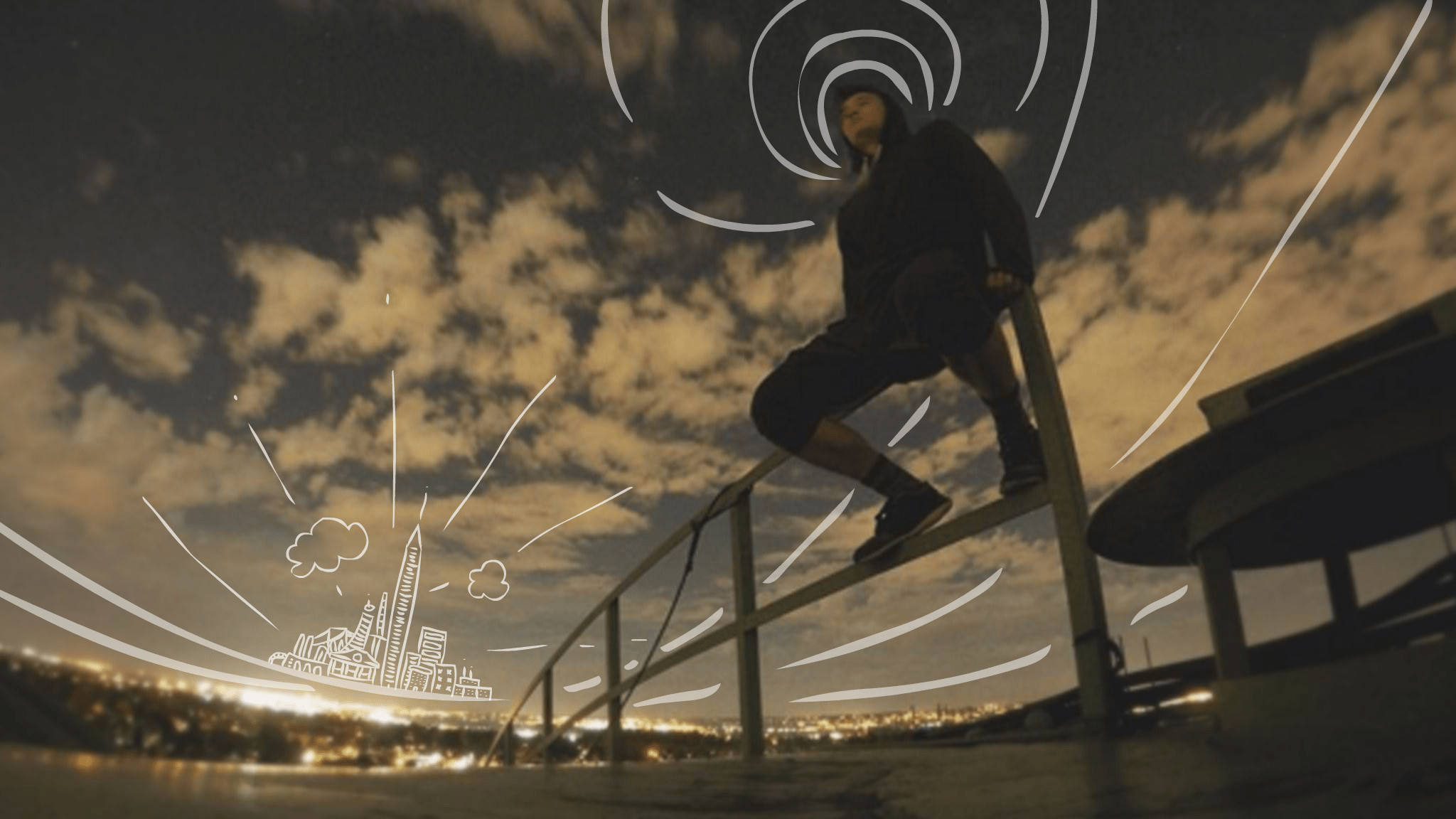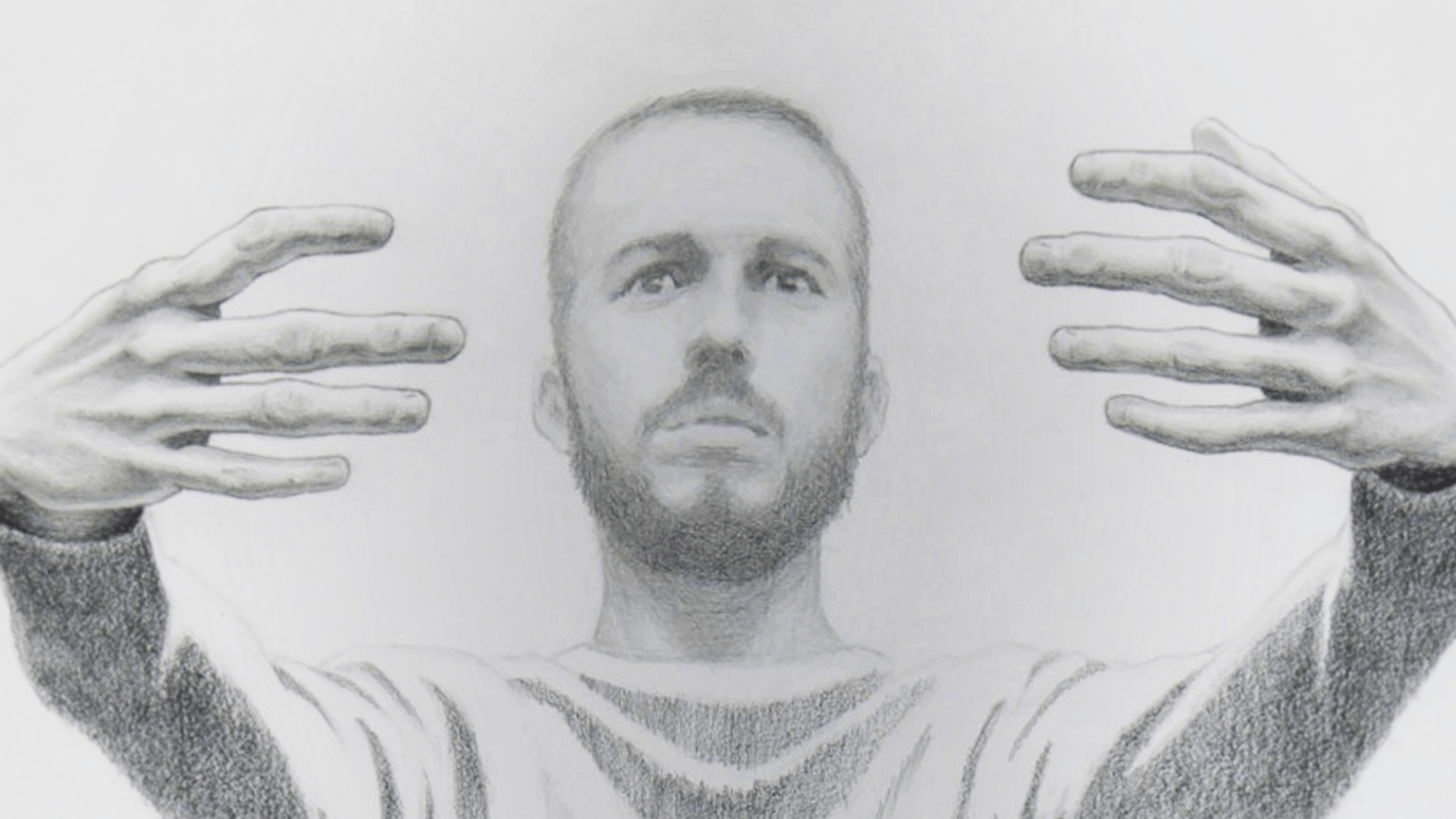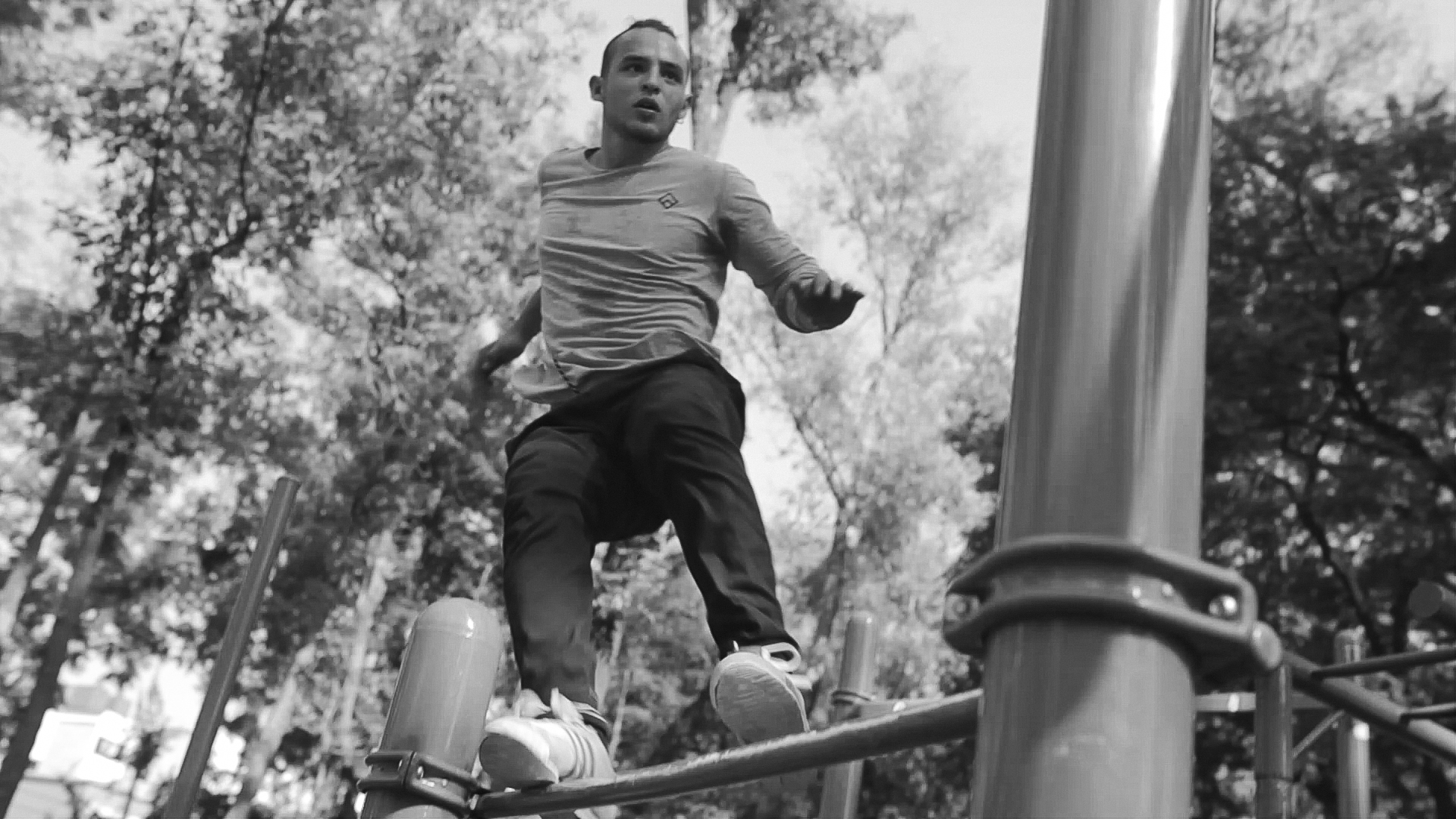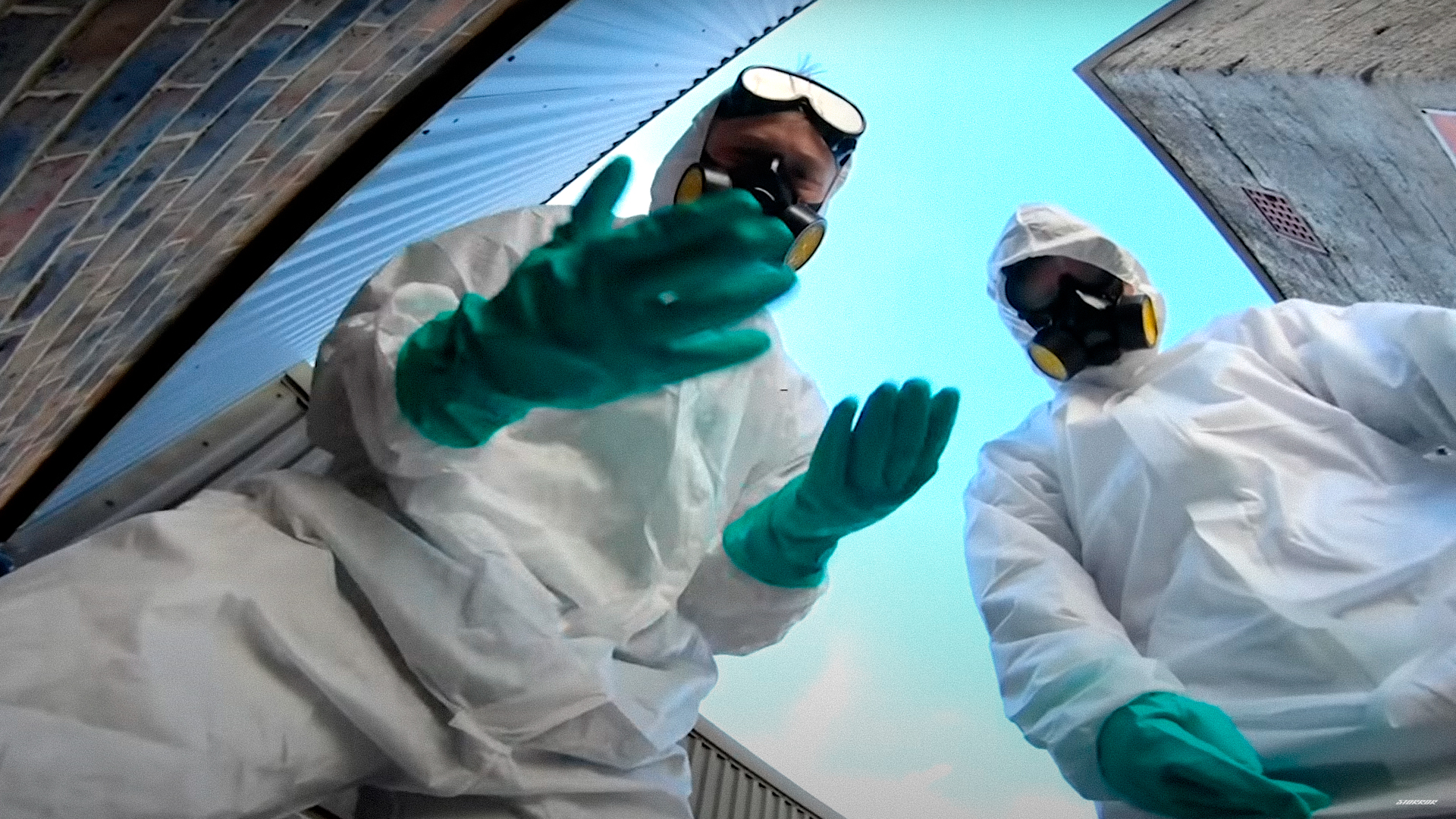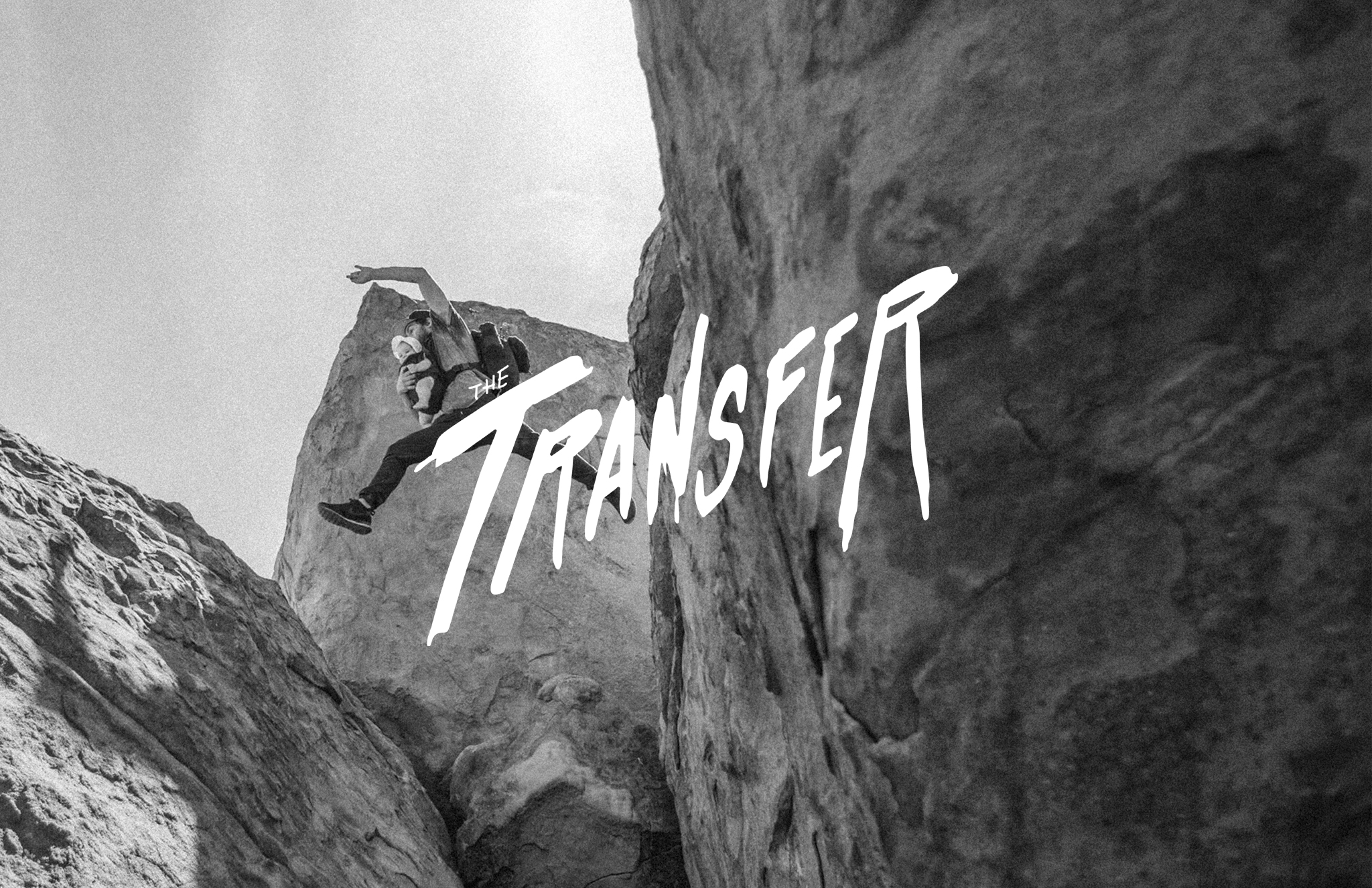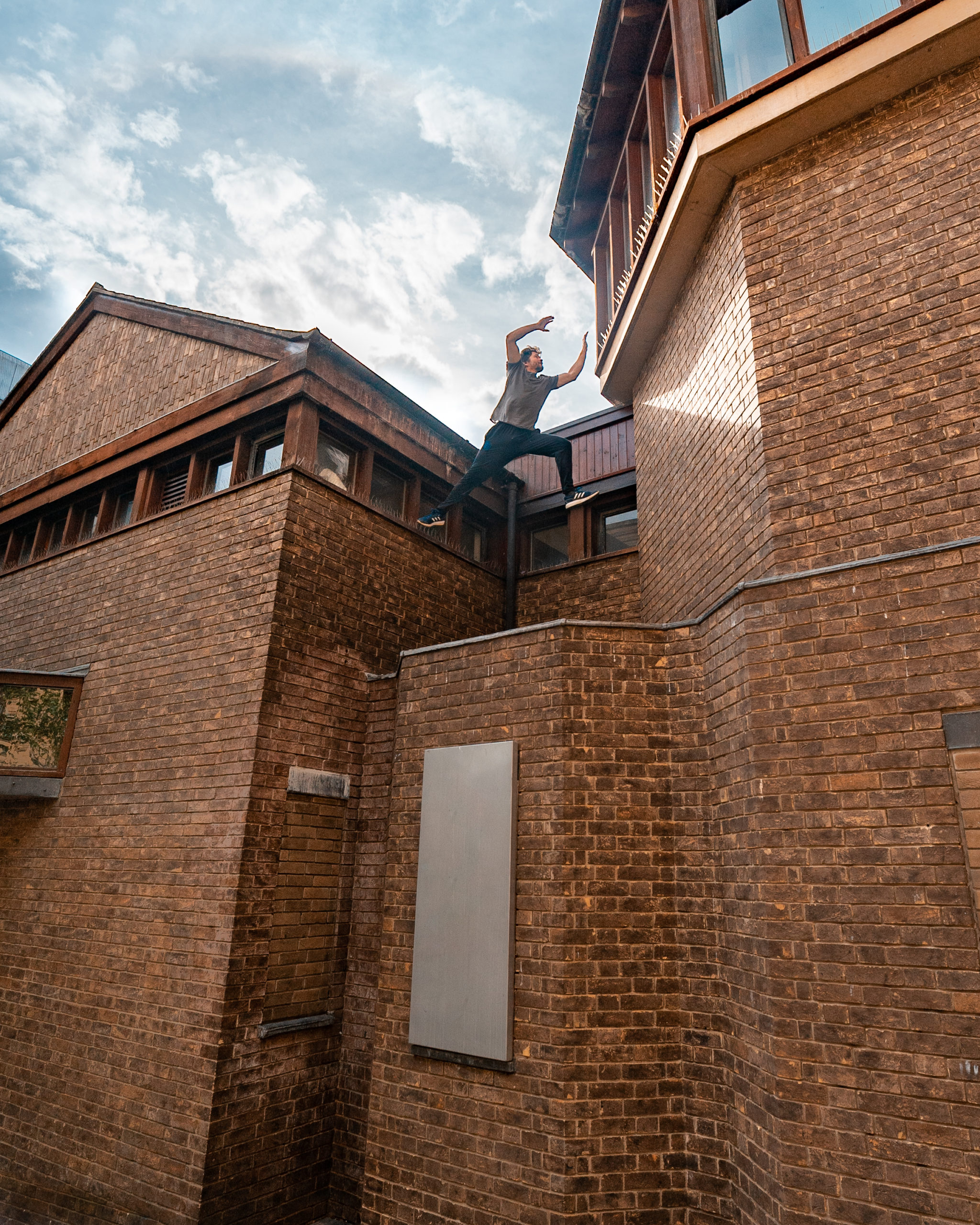Teams like Storror and Farang have made rooftop videos more popular again – along with an inexhaustible amount of Russians doing the same. But the belief that you have to start on a roof to do parkour literally doesn’t make sense, and when I hear people ask questions like these it just confirms that the average person really has no idea what the driving force behind parkour is. Is it just adrenaline and thrill-seeking? Or is there something more to it?
So, I decided to write about something that sketches-out even skilled practitioners: Night training and climbing missions.
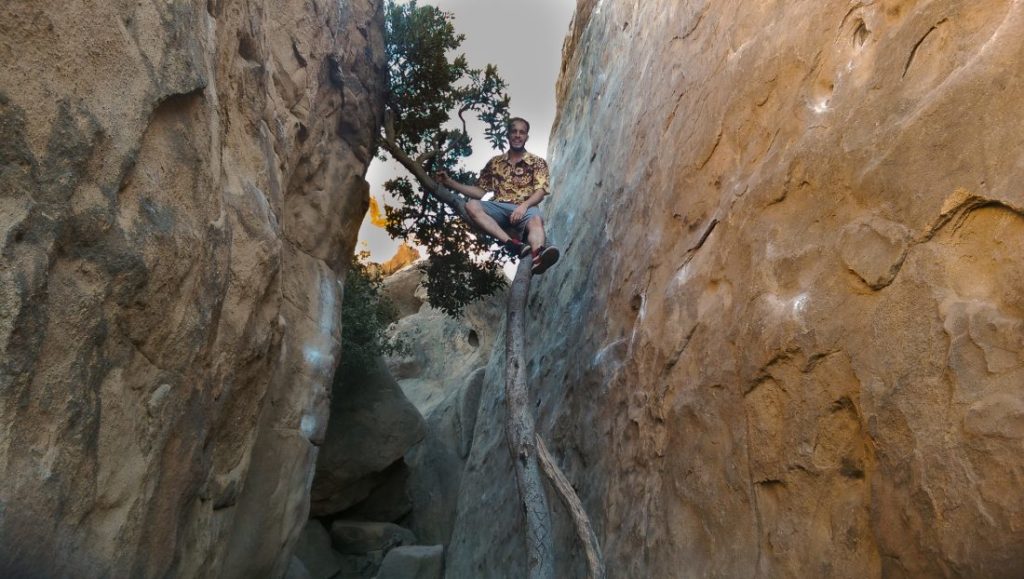
I have been climbing trees for literally as long as I can remember. One of my oldest memories (age 2-3) is of being ripped out of my neighbor’s apple tree – which means I must’ve already been comfortable with climbing before that memory (and trespassing apparently). I’ve known about parkour since 2008, and I joined the community in 2010, and I still have trouble with a lot of movements that my friends make look silky smooth, but when it comes to climbing – whether it’s a fire escape, a tree or a free climb – I’m pretty damn comfortable.
For me, climbing was therapy. I’d just left behind a comfortable life with my family for a school across the country, and it gave me a kind of critical support. I’ve never believed in taking anti-depressants, but it certainly could’ve been argued that I needed them at the time. I wasn’t all that happy. Except when I was climbing a tree. I didn’t need to dull my senses, I needed to test them. And I never feel more like myself than when I’m swinging from a tree branch: Connected to who I am, and what I’m capable of; smiling and laughing like an idiot. The view from the top is enough alone to make you want to climb. Perspective. Climbing is about seeing more than just your eyes see on the ground – it’s true vision. I love to climb.
When I was in college I climbed trees more than I ever had before. We had 2 of every type of deciduous tree on campus – which is orientation speech for “lots of fucking shit to climb.” I climbed easily upwards of 30 or 40 individual trees on campus, each obviously an entirely different climbing challenge. I prefer to climb barefoot. It’s easier to contact with the surface you’re climbing, and you can better distribute your weight – which is essential to not dying. I would climb barefoot in the rain, sometimes even thunderstorms – but only with a very familiar climb. Repetition. I’ve even experimented with climbing blind in trees that I was particularly familiar with. Just feeling out the environment. Adapting to what I was given, and rapidly building a skillset; creating an escape for myself rather than a trap.

Now climbing trees is very different than free climbing buildings or rock walls. Buildings and rocks don’t move (the good ones at least), while trees flex and bend. Recent architecture lends itself to sharp edges and less handholds, but if you look at buildings from before the 90’s you’ll see fire escapes and ridged corners – both of which are readily climbable (just watch Buster Keaton or the 30’s parkour guy). Buildings were, in most cases, designed for workers to be able to climb them, and while you’re not building a skyscraper, you are a Roof Cult wannabe, and you want to pop your height cherry without going splat. So do the work. Get really good at climb-ups. Do more chin ups. Watch more Simon Nogueira videos, or some Baker Blogs (Baker mention 1). Like any movement in parkour there is a learning curve, so just go out and learn it.
Now. I am not Russian. I am not in Storror. I am not in Myrm (Baker mention 2). I’m more like Krillin than Goku – hopefully not Turtle or Roshi. But regardless of my fictional character simile study, I find that many of the people I train with have little to no experience with building climbs or training at night. And almost all of them have some type of apprehension or image of themselves as “bad at climbing” or “afraid of getting hurt in the dark.” I demolished my knee caps doing a kong-to-cat on a poorly lit Long Beach rooftop recently. I feel your pain homies, I feel it in my knee caps. But I will go back to that roof and gladly train that same kong-to-cat, even if it’s still poorly lit. Not every obstacle is tailored to your comfort, in fact, none of them are. That’s the mindset of many gym trained traceurs that I just can’t really vibe with. That the obstacles you encounter have somehow been built specifically for you. The everyday urban environment was not made for parkour – parkour evolves out of the stagnation of that environment. Out of the concrete cacophony movement meanders its way from point a to b and everything in between. So, do not fear the dark, make haste to understand it.

I train at night all the time. Sometimes it just fits better with my work schedule, and there’s no way I’m giving up training multiple times a week just because I have to pay bills. But I mostly go to spots I’ve already mapped out, and preferably places that are well lit. Shadows make it more difficult to judge jumps accurately, as your vision and depth perception are distorted, so start with the most well-lit areas. Rework the basics. Reteach yourself everything until you slowly begin to build muscle memory and confidence in the new circumstances. Don’t take yourself so seriously, you professional parkour-er you. Reassess your environment based on the terms of your environment. Do you accept the terms of agreement? *clicks implied I Agree button*
Here’s an anecdote from a Downtown LA climbing mission from sometime last year. Now this mission was not what I’d label “advisable.” It was on a main road where lots of cops drive by, and there’s no out of view roof access. But I had the ambitious young Lotus Ninjas with me, and they thought they were ready for the challenge. No cameras ground level, so I climbed up the first level as fast as I could and scouted before signaling for everyone else to come as well. I’ll let Gihon tell the rest of the story.
Darkness, climbing, and heights all fulfill the same function for the human spirit: The unknown. They should not be shied away from, but rather embraced and respected as any other training would be. A separate set of skills and a subtle test of will. In conquering the unknown we give power to ourselves rather than our circumstances. For eons mankind was at the whim of the dark, the world was a scary place filled with monsters and ghouls out to gobble you up for breakfast (or second breakfast). Then a spark of fire and the world was opened up to bright new possibilities. We too have that same flame inside us, ripe with the opportunity to surprise and test our limits – propelling us through the unknown into the sublime. So find fulfillment in the little challenges you set for yourself outside of your comfort zone. Revel in the reproachable. Dance between the lines. Like with anything else in life you just have to commit full force to what you want – maximum effort.
From height drops to rail pres,
You long-legged beasties,
You things that go jump in the night,
PK Gods, deliver us!








Photos © Anand Boucher-Colbert (@anandbc), Christian Storm
Want more? Subscribe to help us create more stories like this one and to make sure that we’re able to continue creating the content you love.


